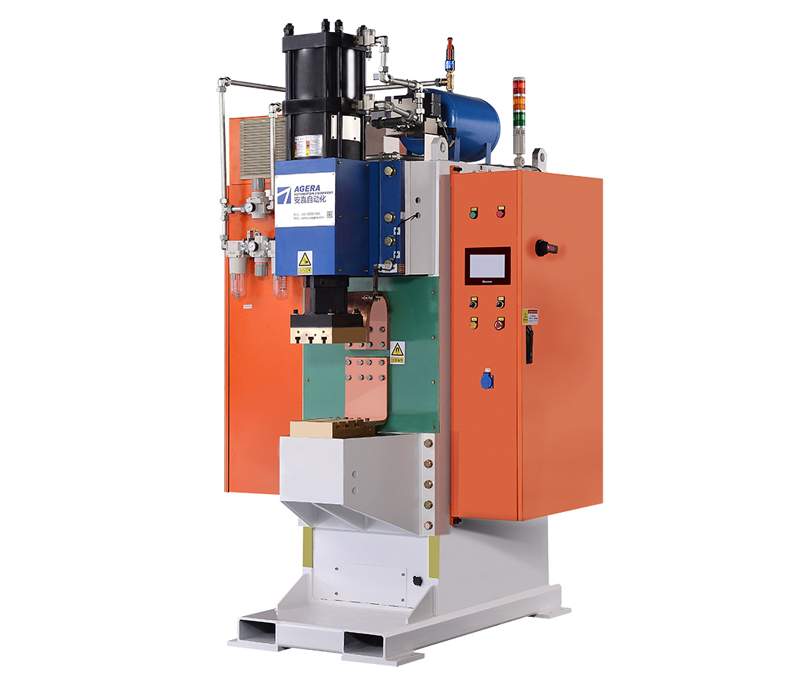The charge-discharge conversion circuit is a critical component in energy storage spot welding machines, responsible for managing the transfer of electrical energy between the energy storage system and the welding operation. This article provides an overview of the charge-discharge conversion circuit in energy storage spot welding machines, highlighting its function and importance in facilitating efficient and controlled energy transfer.
- Energy Storage System: The charge-discharge conversion circuit is connected to the energy storage system, which typically consists of capacitors or batteries. During the charging phase, electrical energy from an external power source is stored in the energy storage system. This stored energy is later discharged in a controlled manner to provide the necessary welding current during the welding process.
- Charging Phase: In the charging phase, the charge-discharge conversion circuit regulates the flow of electrical energy from the external power source to the energy storage system. It ensures that the energy storage system is charged to its optimal capacity, ready for the subsequent discharge phase. The circuit monitors and controls the charging current, voltage, and charging time to prevent overcharging and ensure safe and efficient energy storage.
- Discharge Phase: During the discharge phase, the charge-discharge conversion circuit facilitates the transfer of stored electrical energy from the energy storage system to the welding operation. It converts the stored energy into a high-current output, suitable for spot welding applications. The circuit controls the discharge current, voltage, and duration to deliver the required energy to the welding electrodes, enabling precise and controlled welds.
- Energy Conversion Efficiency: Efficiency is a crucial factor in the charge-discharge conversion circuit. Higher efficiency ensures minimal energy loss during the conversion process, maximizing the utilization of stored energy and reducing energy consumption. Advanced circuit designs and control algorithms are employed to optimize energy conversion efficiency, resulting in improved overall system performance and reduced operating costs.
- Safety Features: The charge-discharge conversion circuit incorporates various safety features to protect the equipment and operators. Overcurrent protection, overvoltage protection, and short-circuit protection mechanisms are implemented to prevent damage to the circuit components and ensure safe operation. Additionally, temperature monitoring and thermal management systems help prevent overheating, maintaining the circuit’s reliability and longevity.
The charge-discharge conversion circuit is a crucial element in energy storage spot welding machines, enabling efficient and controlled transfer of electrical energy. By managing the charging and discharging phases, optimizing energy conversion efficiency, and implementing safety features, the circuit ensures reliable and precise welding operations. Manufacturers continuously improve the design and performance of this circuit to meet the evolving demands of the welding industry, enhancing productivity and quality in spot welding applications.
Post time: Jun-09-2023








